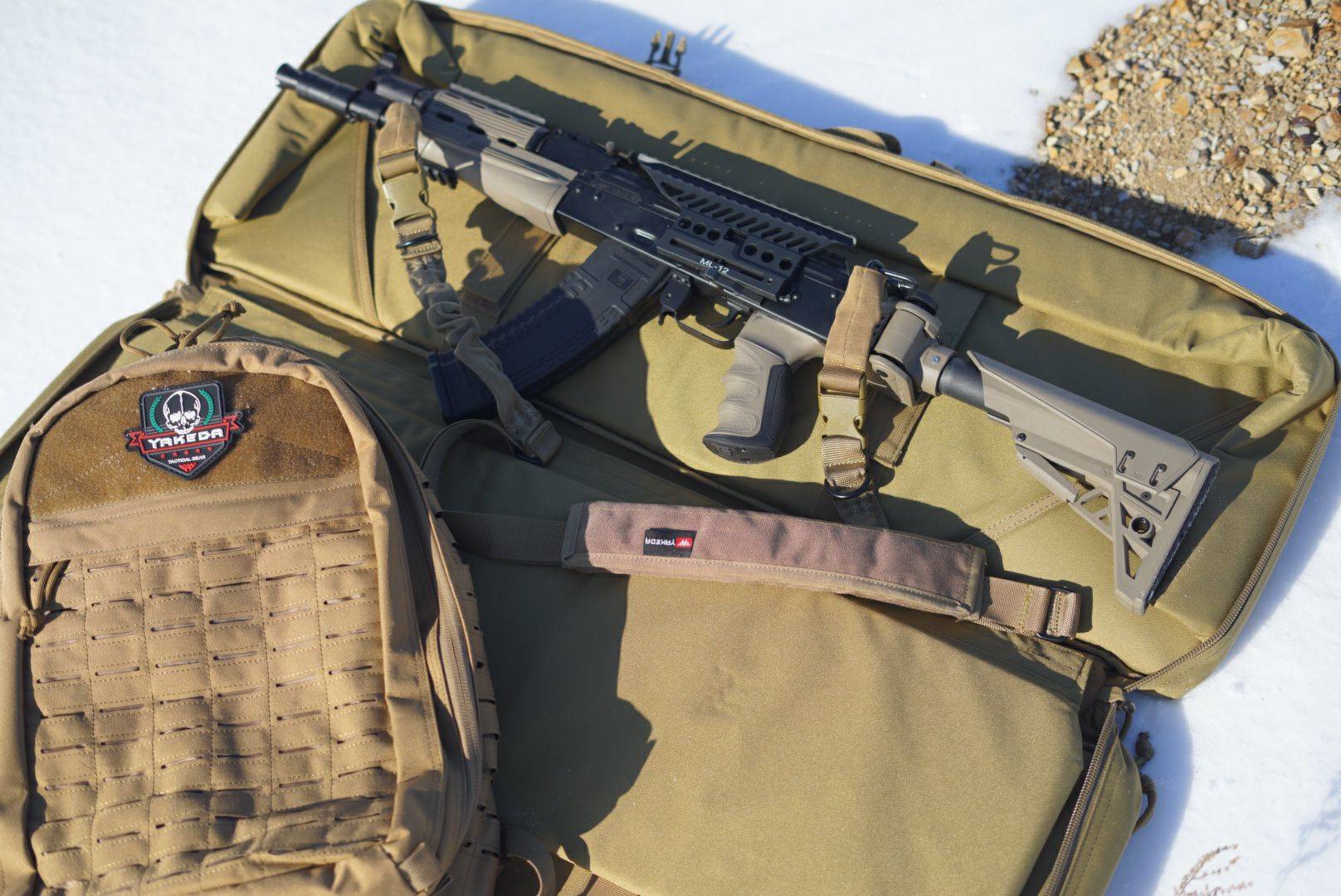 How to Design Your Own Custom Tactical Backpack for Ultimate Functionality?
Jan 03, 2024
How to Design Your Own Custom Tactical Backpack for Ultimate Functionality?
Jan 03, 2024
Designing your brand custom tactical backpack for ultimate functionality involves understanding the specific needs of your outdoor adventures and tailoring a backpack to meet those needs. Customizing your tactical backpack allows you to choose the ideal materials, features, and design that align with your specific outdoor activities, whether for hiking, camping, or tactical operations. This guide will walk you through the process of creating a tactical backpack that is not just functional, but also a reflection of your brand style and requirements.
1. What is a Tactical Backpack?
1.1 The Concept of Tactical Backpacks
Originating from the military, tactical backpacks are designed for high endurance and adaptability. These packs are not your average school or office backpacks; they are built to withstand harsh conditions, provide superior comfort, and offer extensive storage options. The key lies in their design, which focuses on functionality and efficiency, making them ideal for a variety of scenarios, from hiking and camping to more rigorous tactical missions.
Tactical backpacks are often characterized by their rugged appearance, but it's the practical features that truly define them. They typically include multiple compartments for organized storage, hydration bladder compatibility for long treks, and MOLLE (Modular Lightweight Load-carrying Equipment) systems for attaching extra gear or pouches. This level of customization is what sets tactical backpacks apart, allowing users to adapt the bag according to their specific requirements for any given situation.
Reference Reading: What is a tactical backpack?
1.2 What Sets Them Apart from Regular Backpacks?
The differences between tactical backpacks and regular backpacks are evident in several key areas:
Material and Durability
Tactical backpacks are made from high-grade materials like heavy-duty nylon or polyester, providing enhanced durability and water resistance. They are designed to withstand rough usage in various environments, from dense forests to rocky terrains.
Modularity and Customization
Unlike regular backpacks, tactical backpacks often come with a modular design. This means you can add or remove components, customize the storage space, and adjust the pack to suit different purposes. The MOLLE system is a prime example of this, offering endless possibilities for customization.
Comfort and Ergonomics
Tactical backpacks also focus heavily on comfort and ergonomics. They are designed to distribute weight evenly, reducing strain on the wearer's back and shoulders. Features like padded straps, ventilated back panels, and adjustable waist and chest belts contribute to this, making them suitable for extended wear, even under heavy loads.
Versatile Storage Options
The storage options in tactical backpacks are more sophisticated than those in regular backpacks. They typically feature multiple compartments of various sizes, allowing for efficient organization of gear. This is crucial in situations where quick access to equipment can make a significant difference.
Reference Reading: What is the difference between a tactical bags and outdoor bags?
Designing your own custom tactical backpack involves more than just choosing a color or pattern; it's about tailoring the backpack to your specific needs and activities. Whether you're planning a multi-day hiking trip, engaging in photography in the wild, or preparing for a tactical mission, your backpack can be customized to ensure that it supports you in the best possible way.
2. What are the Purposes of a Tactical Backpack?
The tactical backpack, often associated with military or law enforcement use, has found its way into the hands of outdoor enthusiasts, adventurers, and even urban commuters. This versatility is due to its design, which caters to a variety of needs and environments. Here, we explore the multifaceted purposes of a tactical backpack, underlining why it's a top choice for many.
2.1 Military and Law Enforcement Operations
The original intent of tactical backpacks was for use in military and law enforcement operations. These professions require carrying a significant amount of gear - weapons, ammunition, tactical tools, protective equipment, and often medical supplies. The tactical backpack’s sturdy build, extensive compartmentalization, and modular design make it ideal for organizing and accessing this equipment efficiently.
Reference Reading: Why does a tactical military Backpack work in outdoors?
2.2 Outdoor Adventures
Outdoor enthusiasts often prefer tactical backpacks for their resilience and adaptability. Whether it's for hiking, camping, mountain biking, or rock climbing, these backpacks offer ample space and the robustness needed for outdoor gear. Their water-resistant materials and secure compartments keep essentials safe from the elements, while the comfort-driven design allows for longer wear without strain, which is essential for extended treks and hikes.
2.3 Emergency Preparedness and Survival Kits
In the realm of emergency preparedness, a tactical backpack is an excellent choice for building a survival kit. Its compartments can be used to organize essential survival items such as food rations, water filters, first aid kits, fire starters, and emergency shelters. The backpack's durability ensures that these items remain intact and ready for use in any emergency situation.
2.4 Everyday Carry and Urban Use
Surprisingly, tactical backpacks have also gained popularity as everyday carry bags. Their organizational features, along with a rugged yet stylish aesthetic, make them suitable for urban commuters who need to carry laptops, documents, gadgets, and sometimes gym gear. The added bonus of enhanced security features like hidden pockets and durable zippers appeals to those looking for a reliable everyday backpack.
2.5 Specialized Activities
Tactical backpacks are also customized for specific activities like photography, drone flying, or hunting. Photographers, for example, can customize compartments to protect and organize lenses, cameras, and accessories. Similarly, drone enthusiasts can have dedicated spaces for their drones, controllers, and batteries, ensuring everything is secure during transport.
2.6 Travel and Adventure Tourism
For travelers and adventure tourists, tactical backpacks offer a blend of security, space, and comfort. They are large enough to carry travel essentials and durable enough to withstand the rigors of transit. Additionally, the ergonomic design reduces the strain of carrying a backpack through airports, train stations, and urban explorations.
3. Why Custom Tactical Backpacks are so Important and Popular?
In a world where standardization often reigns supreme, the allure of customization can't be overstated, particularly when it comes to tactical backpacks. Custom tactical backpacks have surged in popularity across various fields, from outdoor enthusiasts to everyday urban users. But what exactly makes them so important and sought-after? Let's explore the reasons behind their rising popularity.
3.1 Tailored to Individual Needs
The most significant advantage of a custom tactical backpack is its ability to meet individual specific needs. Everyone has different requirements based on their activities, body types, and personal preferences. A custom backpack allows for the creation of a product that fits perfectly with the user’s stature, ensuring comfort and reducing the risk of strain or injury. It also means compartments and pockets can be designed and placed according to what the user needs to carry, providing efficient organization and easy access.
3.2 Enhanced Durability and Functionality
Customization allows for the selection of high-quality materials that can withstand harsh conditions, be it extreme weather, rough terrains, or heavy usage. Users can choose materials like heavy-duty nylon, Cordura, or rip-stop fabrics, which offer superior durability and water resistance. Additionally, specific functional features such as reinforced seams, waterproof linings, or specialized compartments can be added, enhancing the overall functionality of the backpack.
3.3 Adaptability for Various Activities
Custom tactical backpacks can be tailored for a wide range of activities, from military operations and law enforcement duties to hiking, photography, and everyday urban use. This adaptability means that a single backpack can be designed to suit various scenarios, making it a versatile and cost-effective solution for those who engage in multiple activities.
3.4 Highlighting Brand and Team Identity
For organizations, custom tactical backpacks offer a unique way to showcase brand or team identity. Companies can have their logos and brand colors incorporated into the design, making these backpacks not just functional gear but also a powerful tool for branding and team cohesion.
3.5 Other Factors
Reference Reading: How Customization Drives Competitive Advantage?
Browse Tactical Backpacks
4. What are the Types of Backpack Materials?
When designing a custom tactical backpack, the choice of material is a critical decision that affects not only the durability and functionality of the backpack but also its comfort and suitability for specific environments. Understanding the different types of materials available can help you make an informed choice that aligns with your needs.
4.1 Common Materials Used in Tactical Backpacks
Nylon
Nylon is a popular choice for tactical backpacks due to its excellent balance of weight and durability. It's known for its resistance to abrasion and tearing, making it ideal for rugged use. High-denier nylon, which indicates a thicker thread, is often used for added strength.
Polyester
Another commonly used material, polyester, is valued for its durability and resistance to UV rays and water. While it's not as robust as nylon against abrasion, it's a more affordable option and is available in a variety of textures and colors.
Rip-Stop Fabric
Rip-stop is a reinforcement technique that makes materials resistant to tearing and ripping. Often used in combination with nylon or polyester, rip-stop fabrics are a preferred choice for backpacks that need to withstand harsh conditions and heavy use.
4.2 Other Materials Used in Tactical Backpacks
Cordura
Cordura, a brand name for a collection of fabrics known for their durability and resistance to abrasions, tears, and scuffs, is a frequent choice for high-end tactical backpacks. It's heavier and more robust than standard nylon or polyester, making it ideal for the most demanding applications.
Canvas
For those seeking a more traditional look and feel, canvas can be an option. It's highly durable and offers a classic aesthetic. However, it tends to be heavier and less water-resistant than synthetic materials, making it a less common choice for modern tactical backpacks.
TPU and PVC Coatings
For added water resistance, materials like TPU (Thermoplastic Polyurethane) or PVC (Polyvinyl Chloride) coatings are applied to fabrics. These coatings help in making the backpack water-resistant or waterproof, essential for use in wet environments.
Reference Reading: Materials That Matter: How Advancements in Nylon, Polyester and Ripstop Are Improving Tactical Gear
5. How to Customize Your Tactical Backpack
Customizing a tactical backpack is an exciting process that allows you to tailor a backpack to your exact needs and preferences. Whether you're an outdoor enthusiast, a professional in a tactical field, or someone who appreciates the practicality and style of tactical gear, these steps will guide you through creating a backpack that's uniquely yours.
Step 1: Define Your Needs and Functionality Requirements
Before diving into customization, clearly define what you need from your backpack. Consider the following:
Purpose: Are you using it for hiking, camping, tactical operations, or everyday use?
Capacity: How much gear do you need to carry? This will determine the size of the backpack.
Special Features: Do you need hydration bladder compatibility, laptop compartments, or MOLLE webbing for attaching additional pouches? "9 Hidden Features of Tactical Backpacks You Need to Know"
Step 2: Choose the Right Base Design
Select a base design that closely aligns with your needs. Look for a design that has the general shape, size, and basic features that you require. This will be the foundation upon which you'll build your customizations.
Step 3: Select Material and Color
Based on your activities and aesthetic preferences, choose the material for your backpack. Consider factors like durability, water resistance, weight, and appearance. Then, decide on the color or pattern that best reflects your style or the intended use of the backpack.
Step 4: Customize Compartments and Storage Options
Plan the layout and size of the compartments. You might want a large main compartment with smaller front or side pockets, or you may prefer several medium-sized compartments for better organization. Think about the types of items you'll be carrying and how you can access them easily.
Step 5: Add Functional Features
Consider adding features that enhance the functionality of your backpack:
Straps and Padding: For comfort, especially when carrying heavy loads, ensure your backpack has padded shoulder straps, a padded back panel, and an adjustable waist belt.
MOLLE System: If you need to attach gear, a MOLLE system is essential.
Hydration Ports: For outdoor adventures, a hydration port for a water bladder is a useful feature.
Step 6: Collaborate with a Manufacturer or Designer
Once you have a clear idea of what you want, work with a backpack manufacturer or designer who specializes in custom tactical gear. They can help turn your vision into reality, offer advice on what's feasible, and ensure that the design is practical and durable.
Step 7: Review and Finalize Your Design
Before proceeding to production, review your design thoroughly. Ensure that every element meets your needs and that the overall design is cohesive and functional. Make any necessary adjustments.
Step 8: Place Your Order and Await Your Custom Backpack
Once you're satisfied with the design, place your order. The manufacturing process might take some time, especially for a custom design, so be patient. When your custom tactical backpack arrives, you'll have a piece of gear that's perfectly suited to your needs and style.
6. How to Choose a Reliable Custom Tactical Backpack Factory
Once you've designed your ideal tactical backpack, the next crucial step is finding a reliable factory to bring your vision to life. The quality of manufacturing can make or break the functionality and durability of your backpack. Here's a guide to selecting a factory that can meet your customization needs while ensuring high-quality craftsmanship.
6.1 Research and Shortlist Potential Factories
Begin by researching manufacturers specializing in tactical gear, particularly those with experience in custom designs. Look for factories with a strong portfolio and positive client testimonials. Online forums, trade websites, and social media groups can be valuable resources for recommendations and reviews.
6.2 Assess Their Expertise and Experience
Consider the following factors
Specialization in Tactical Gear: Choose a factory that specializes in tactical gear, as they will have the right expertise and understanding of the specific needs of tactical backpacks.
Experience in Customization: Ensure the factory has experience in custom projects. Ask for examples of their previous custom work to gauge their capability to handle your project.
6.3 Evaluate the Quality of Materials and Craftsmanship
Quality is paramount in tactical backpacks. Request samples of materials and examine the craftsmanship of existing products. Pay attention to the stitching, zippers, straps, and overall build quality. A good factory should use high-grade materials and demonstrate excellent craftsmanship.
6.4 Communication and Customer Service
Effective communication is crucial for a custom project. The factory should be responsive and willing to discuss your design in detail. They should be open to your ideas while offering practical advice based on their experience. Good customer service indicates a commitment to ensuring your satisfaction with the final product.
6.5 Production Capabilities and Lead Times
Ask about the factory's production capabilities, including their ability to meet your quantity requirements and the expected lead time for production. It's important to align your expectations with their manufacturing schedule, especially if you have a deadline.
6.6 Cost and Payment Terms
Get a clear understanding of the cost and ensure it fits within your budget. Don't forget to discuss payment terms. While cost is an important factor, remember that the cheapest option might not always be the best in terms of quality.
About Yakeda Factory
7. Frequently Asked Questions about Custom Tactical Backpacks
Q: What is the average cost of a custom tactical backpack?
A: The cost of a custom tactical backpack can vary widely based on the materials used, the complexity of the design, and the manufacturing process. On average, prices can range from $100 to several hundred dollars. It's important to remember that investing in high-quality materials and craftsmanship can increase the backpack's longevity and functionality, offering better value in the long run.
Q: How long does it take to make a custom tactical backpack?
A: The production time for a custom tactical backpack can vary depending on the factory's schedule, the complexity of your design, and the availability of materials. Typically, it can take anywhere from a few weeks to one months.
Q: Can I order a single custom backpack, or are there minimum order quantities?
A: This depends on the manufacturer. Some factories are set up for large-scale production and may require minimum order quantities, while others may specialize in smaller, bespoke orders and can produce a single custom backpack. Our minimum order is 300pcs per color and style.
Q: What should I do if I'm not satisfied with the final product?
A: Before production begins, ensure that you have a clear agreement with the manufacturer regarding the process for handling any dissatisfaction with the final product. This could include options for revisions, refunds, or returns. Clear communication and understanding of the terms and conditions can help avoid any misunderstandings.
Q: Are custom tactical backpacks waterproof?
A: While many tactical backpacks are water-resistant, being completely waterproof depends on the materials and design. If you need a waterproof backpack, specify this in your custom design and check with the manufacturer about the best materials and construction methods to achieve this.
Q: Can I modify an existing backpack into a tactical one?
A: Modifying an existing backpack into a tactical one is possible to a certain extent, especially if adding features like MOLLE webbing, extra compartments, or specialized straps. However, the base material and construction of the original backpack will limit the extent of modifications. Sometimes, starting from scratch with a custom design is a better option.
Q: How do I maintain and care for my custom tactical backpack?
A: Proper maintenance can significantly extend the life of your tactical backpack. Regularly clean it with a mild detergent and avoid harsh chemicals. If your backpack is water-resistant or waterproof, be mindful of the cleaning agents you use, as some can degrade the protective coatings. Store the backpack in a dry place out of direct sunlight to prevent material degradation.
Thank you for following this blog series on custom tactical backpacks. We hope this guide has been informative and helpful in your quest to create the perfect tactical backpack. If you have any more questions or need further guidance, feel free to reach out or leave a comment below. Happy adventuring!
Contact Us
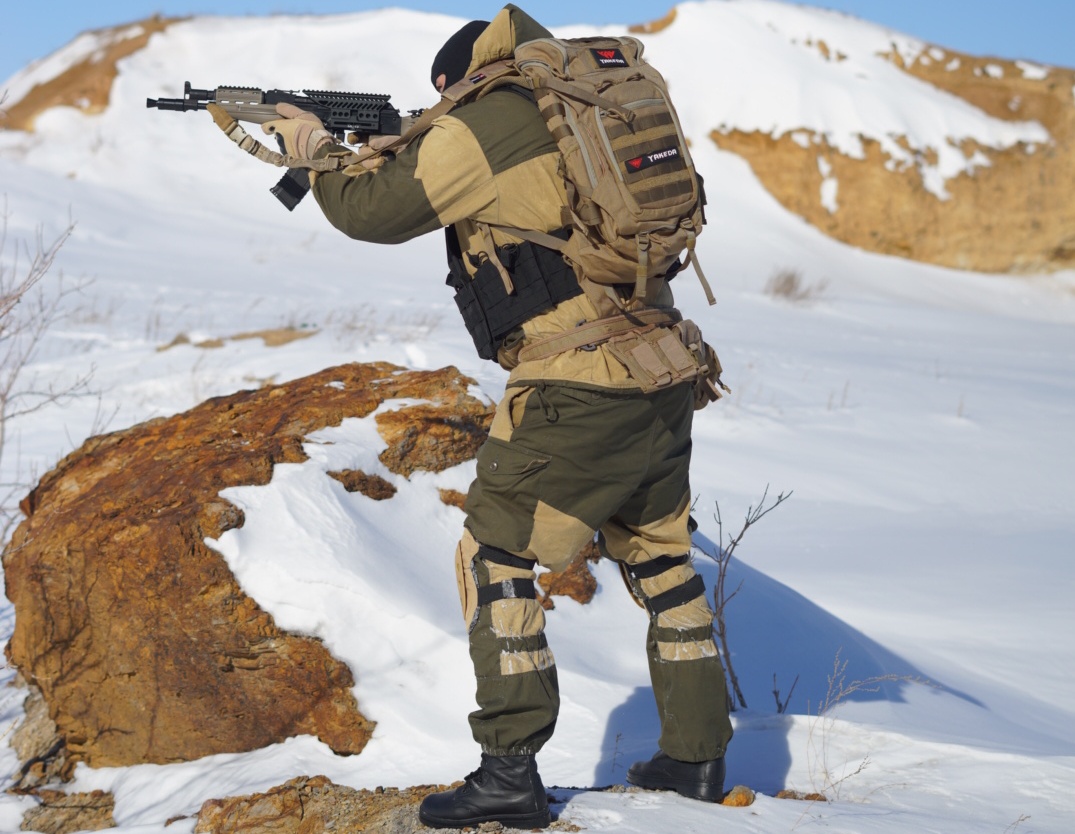 What are the Color Options for Custom Tactical Backpacks?
Jan 20, 2024
What are the Color Options for Custom Tactical Backpacks?
Jan 20, 2024
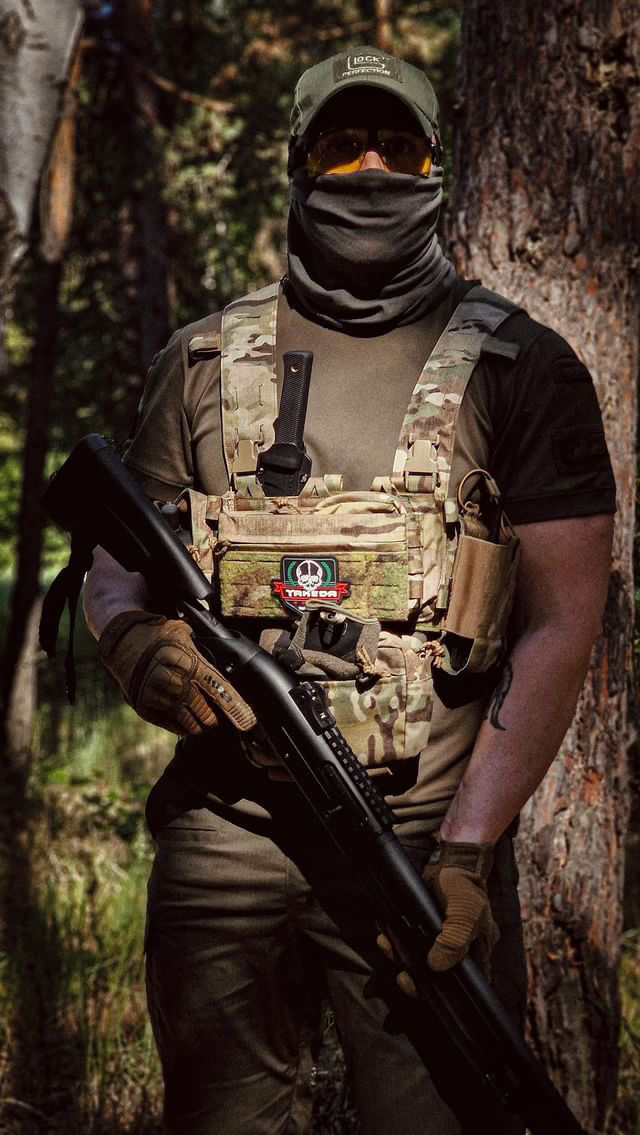 What's Special About Tactical Custom Chest Rigs?
Jan 19, 2024
What's Special About Tactical Custom Chest Rigs?
Jan 19, 2024
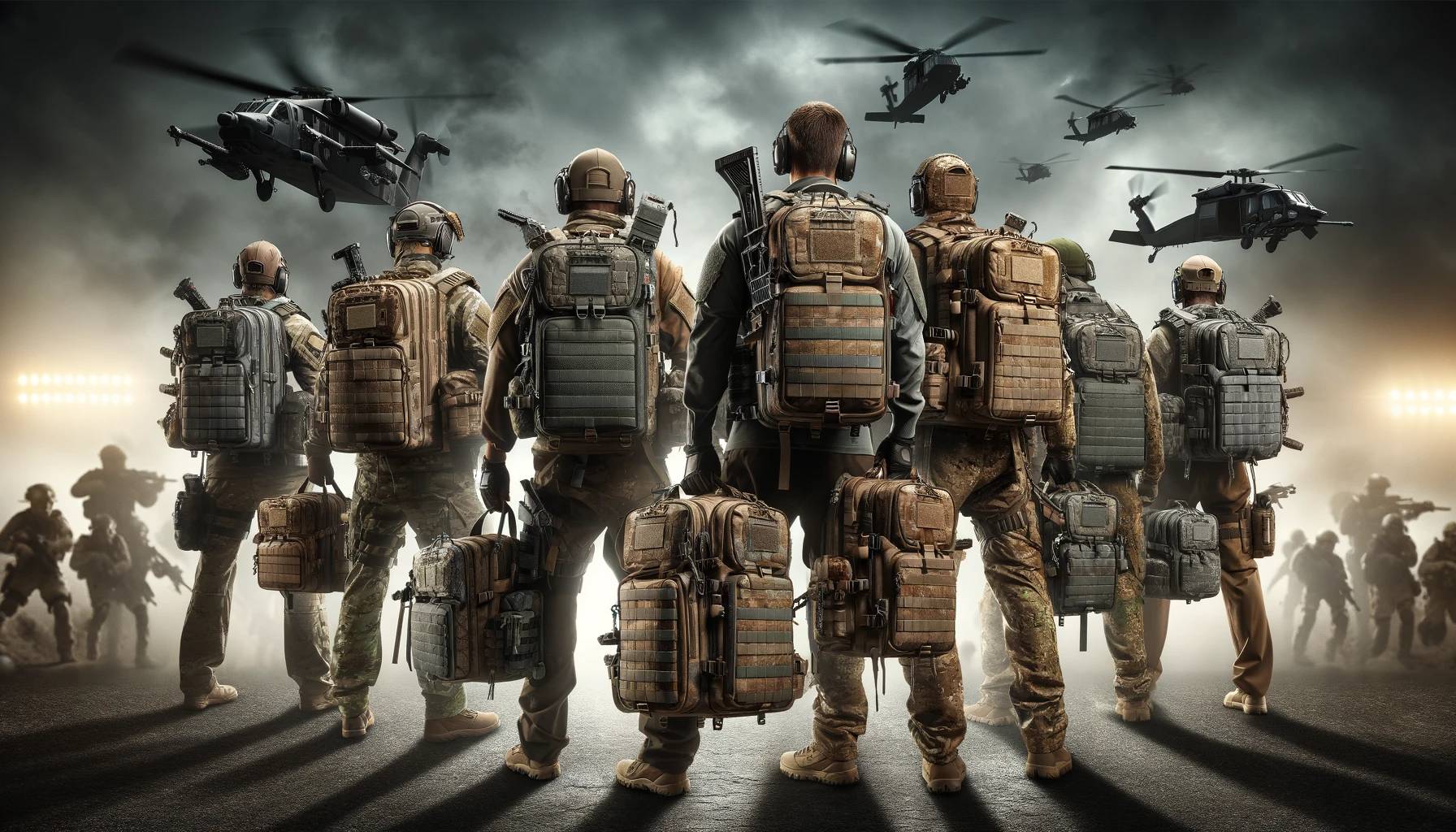 What are the Security Features in Custom Tactical Backpacks?
Jan 18, 2024
What are the Security Features in Custom Tactical Backpacks?
Jan 18, 2024
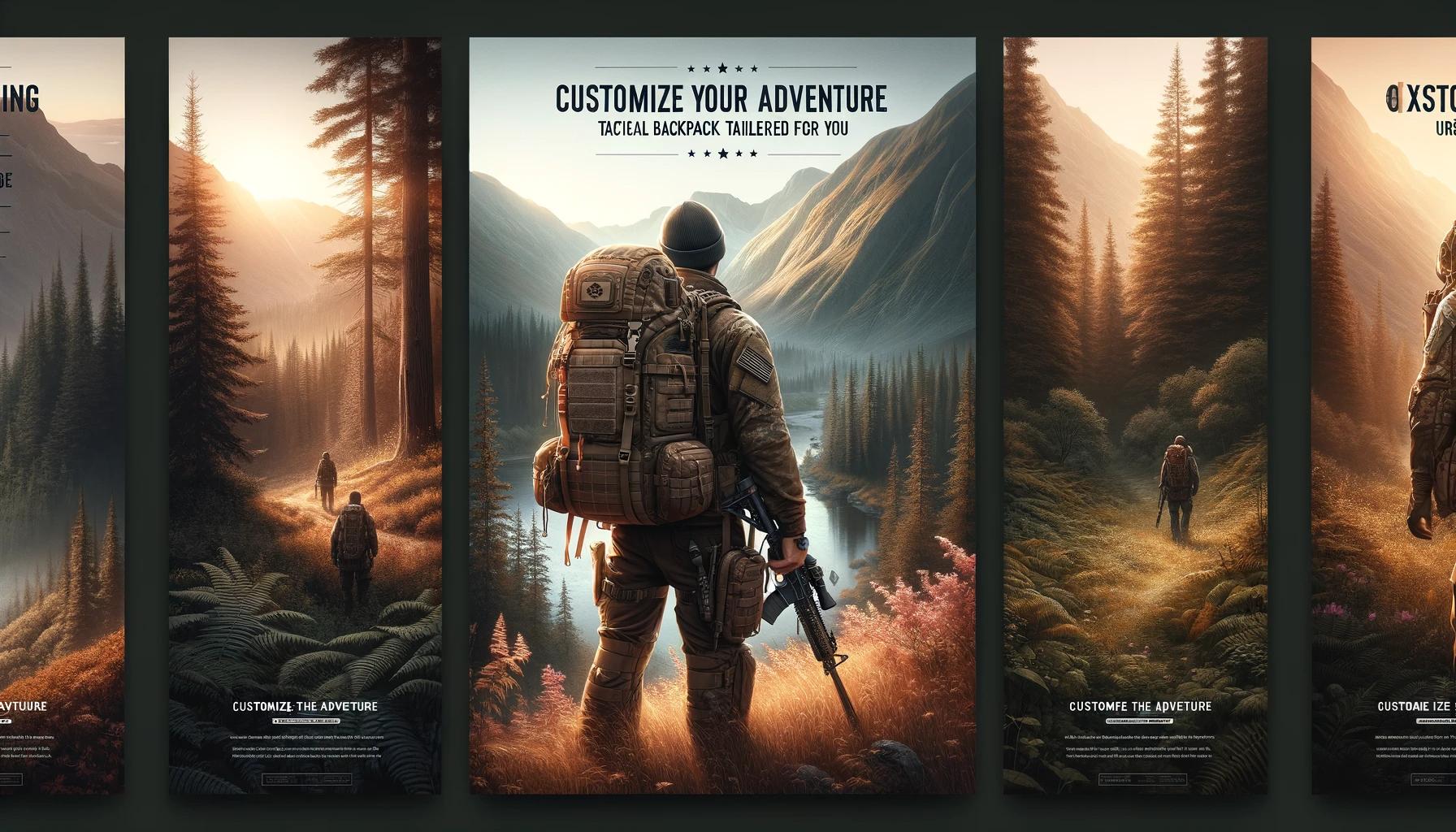 How custom tactical backpacks highlight your tactical brand?
Jan 17, 2024
How custom tactical backpacks highlight your tactical brand?
Jan 17, 2024
 What are the Unique Features of High-End Custom Tactical Backpacks?
Jan 16, 2024
What are the Unique Features of High-End Custom Tactical Backpacks?
Jan 16, 2024
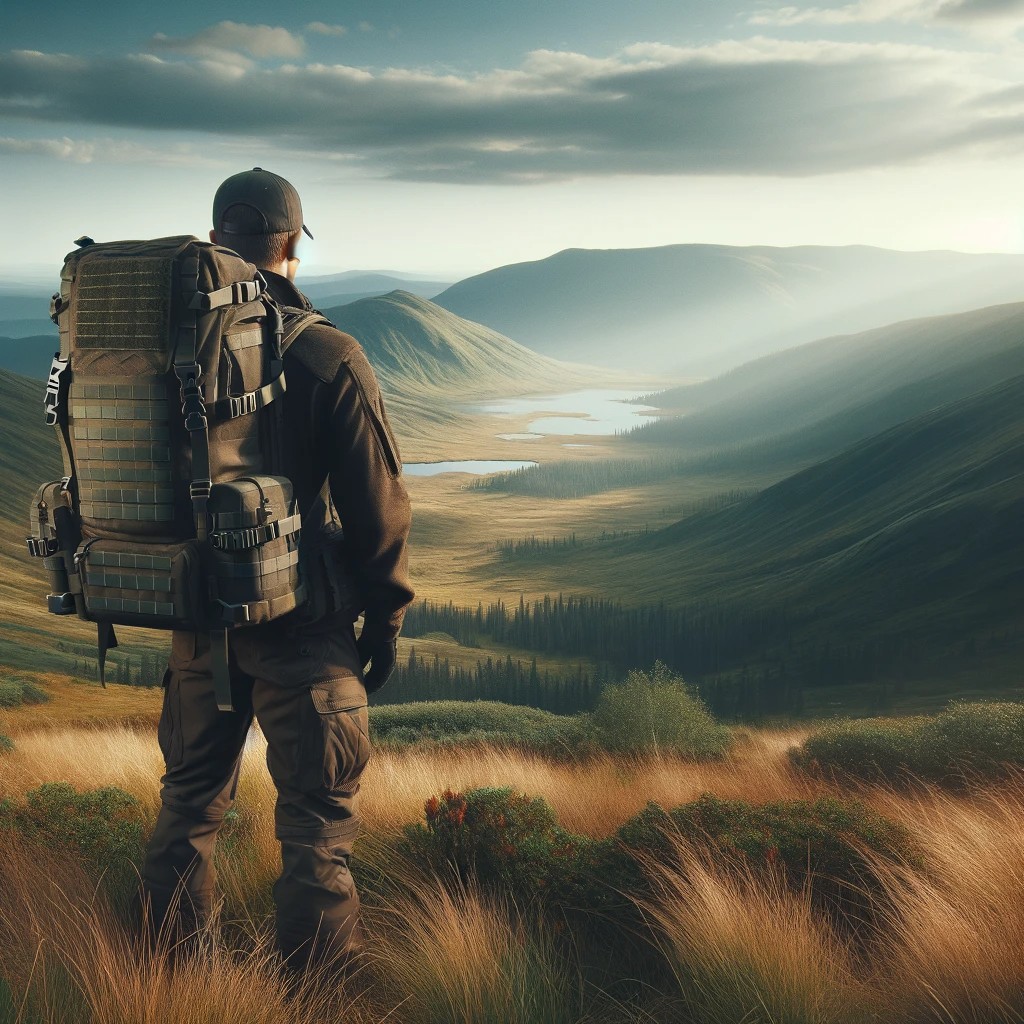 Are Custom Tactical Backpacks the Right Choice for Long Treks?
Jan 10, 2024
Are Custom Tactical Backpacks the Right Choice for Long Treks?
Jan 10, 2024
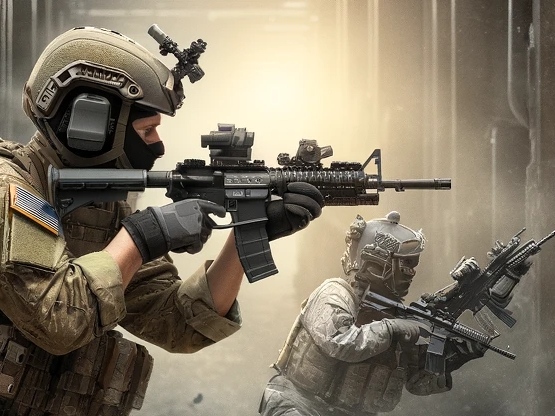 How to Utilize MOLLE Systems in Custom Tactical Backpacks?
Jan 09, 2024
How to Utilize MOLLE Systems in Custom Tactical Backpacks?
Jan 09, 2024
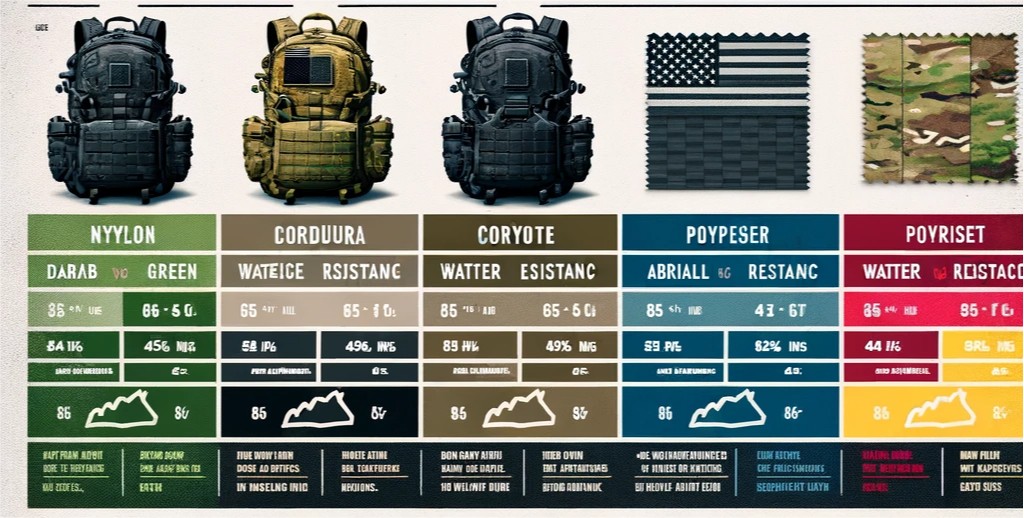 What Customization Options are Available for Tactical Backpacks?
Jan 08, 2024
What Customization Options are Available for Tactical Backpacks?
Jan 08, 2024
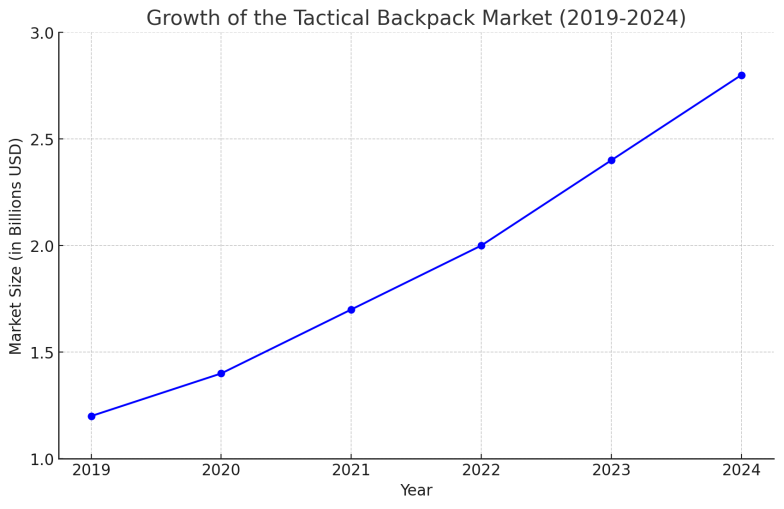 What are the Latest Trends in Custom Tactical Backpacks?
Jan 05, 2024
What are the Latest Trends in Custom Tactical Backpacks?
Jan 05, 2024
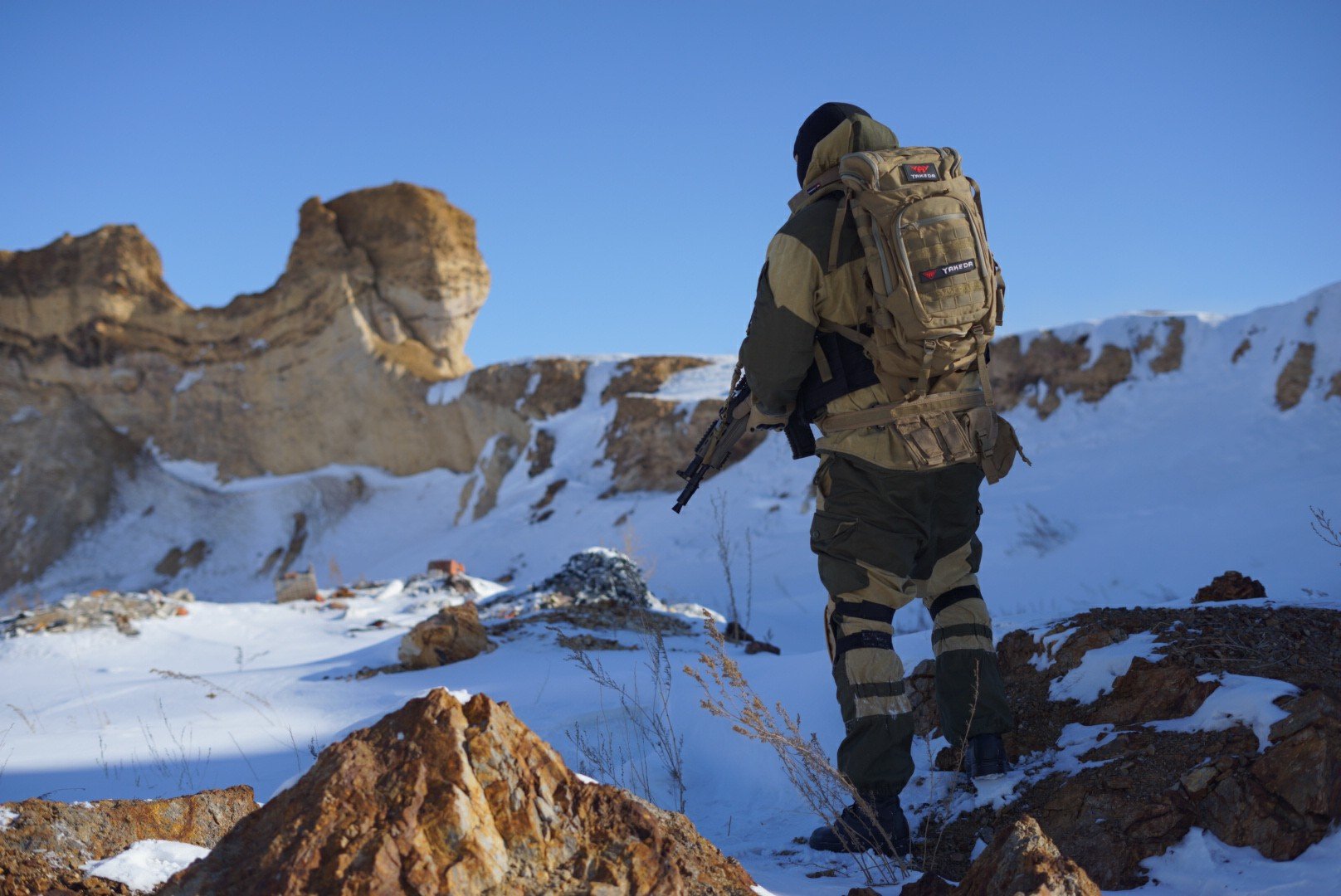 Which Features are Essential in Custom Tactical Backpacks?
Jan 04, 2024
Which Features are Essential in Custom Tactical Backpacks?
Jan 04, 2024
 How to Design Your Own Custom Tactical Backpack for Ultimate Functionality?
Jan 03, 2024
How to Design Your Own Custom Tactical Backpack for Ultimate Functionality?
Jan 03, 2024
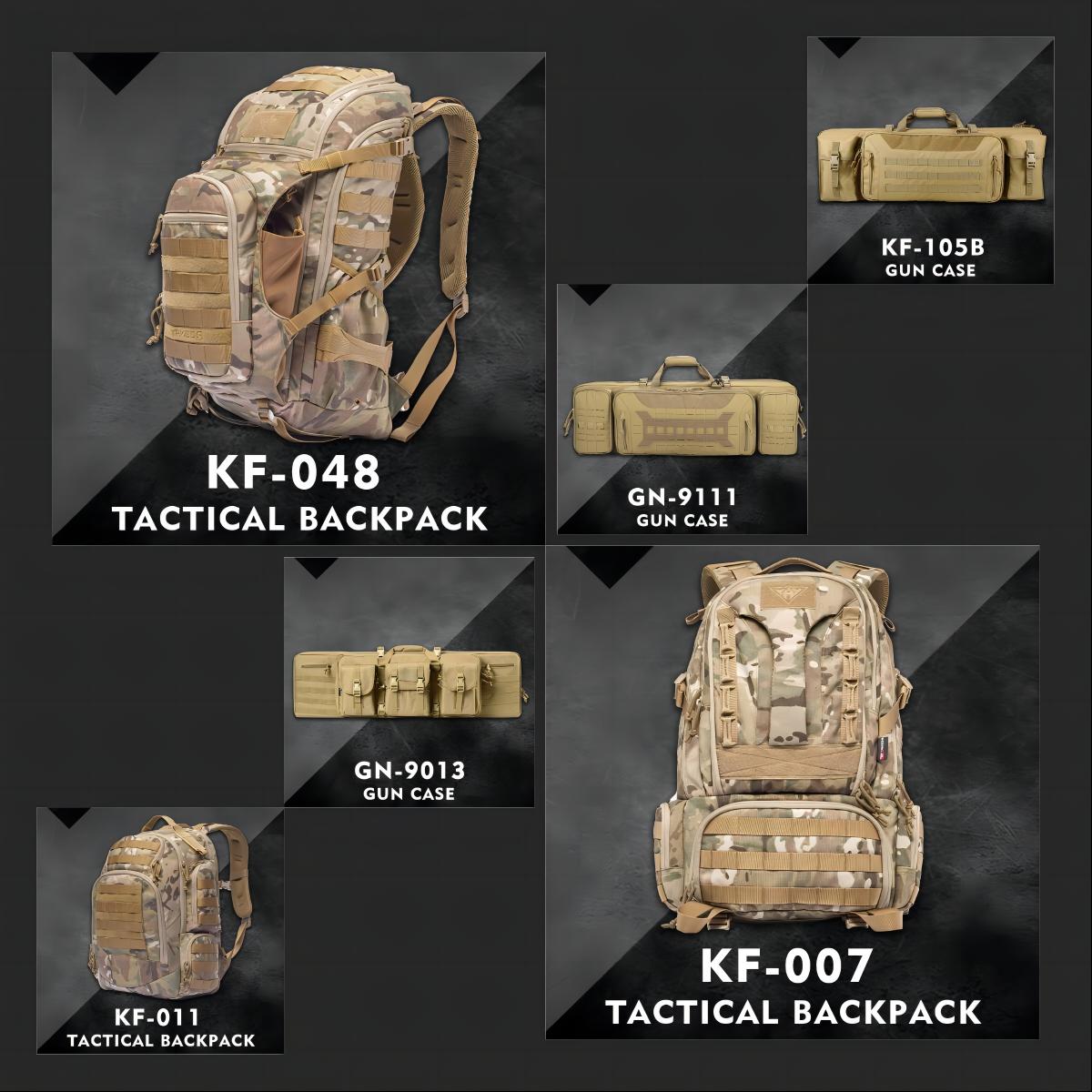 13 Global Trends That Will Affect Tactical Backpack in 2023
Mar 13, 2023
13 Global Trends That Will Affect Tactical Backpack in 2023
Mar 13, 2023